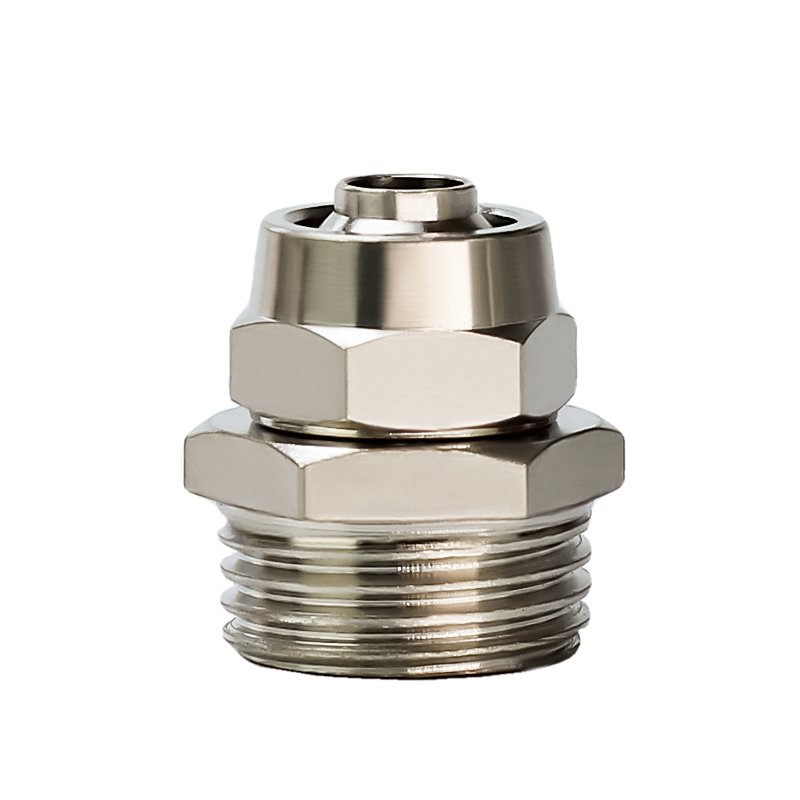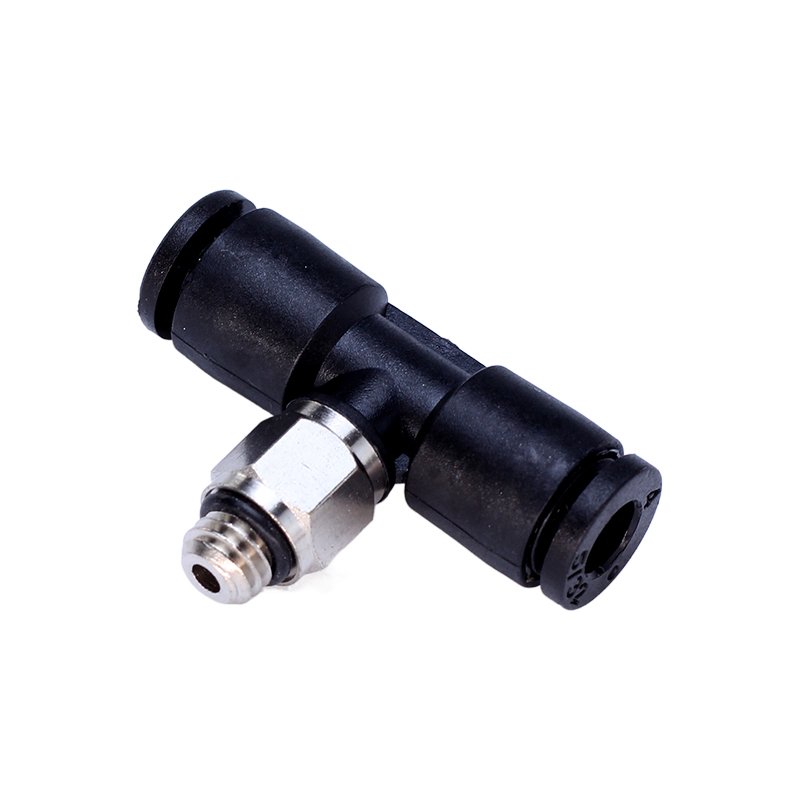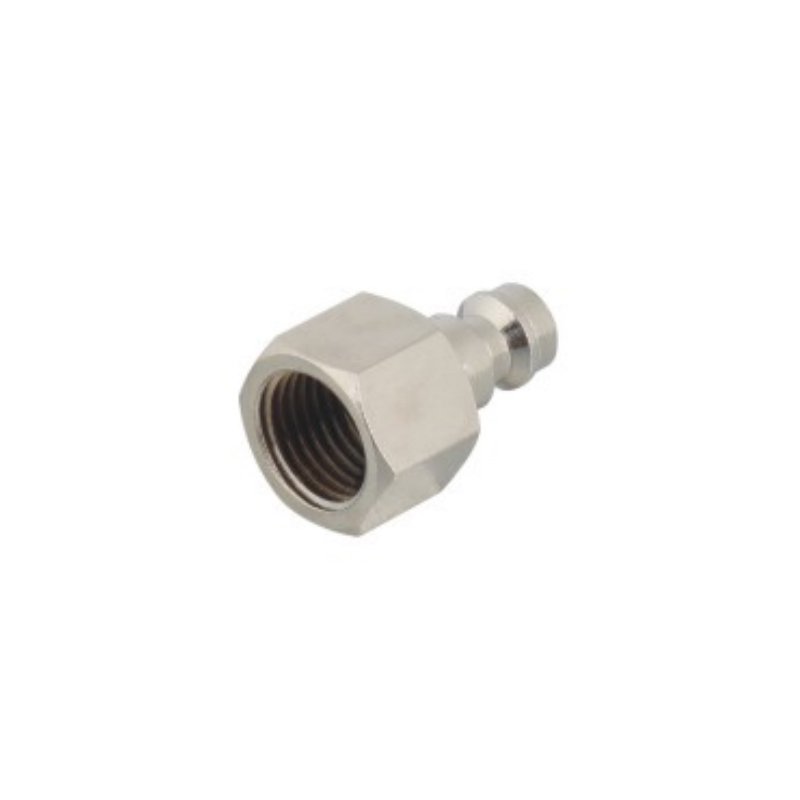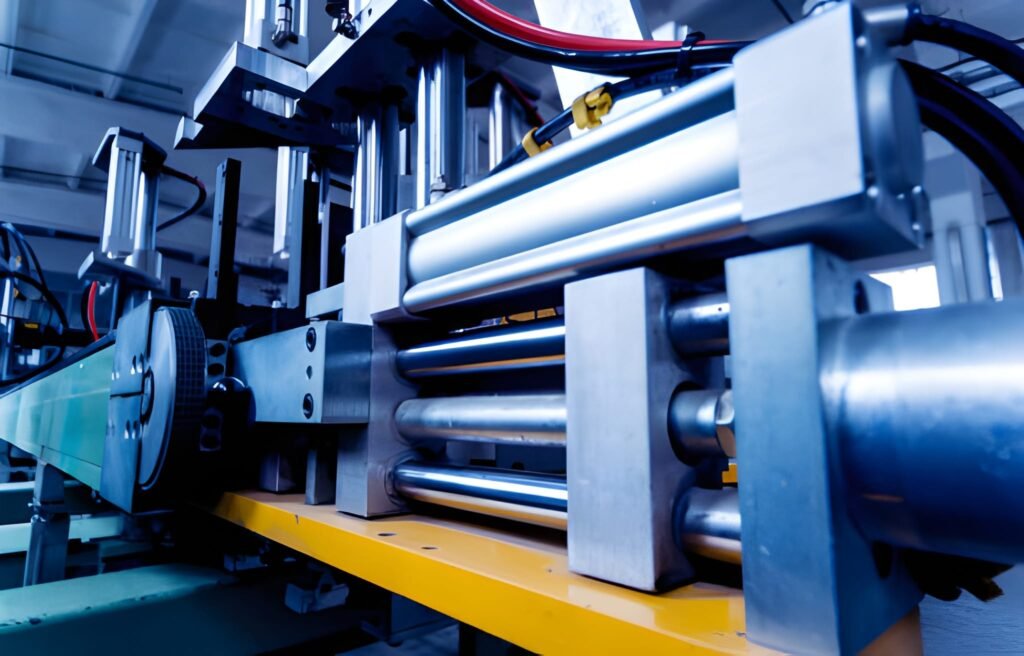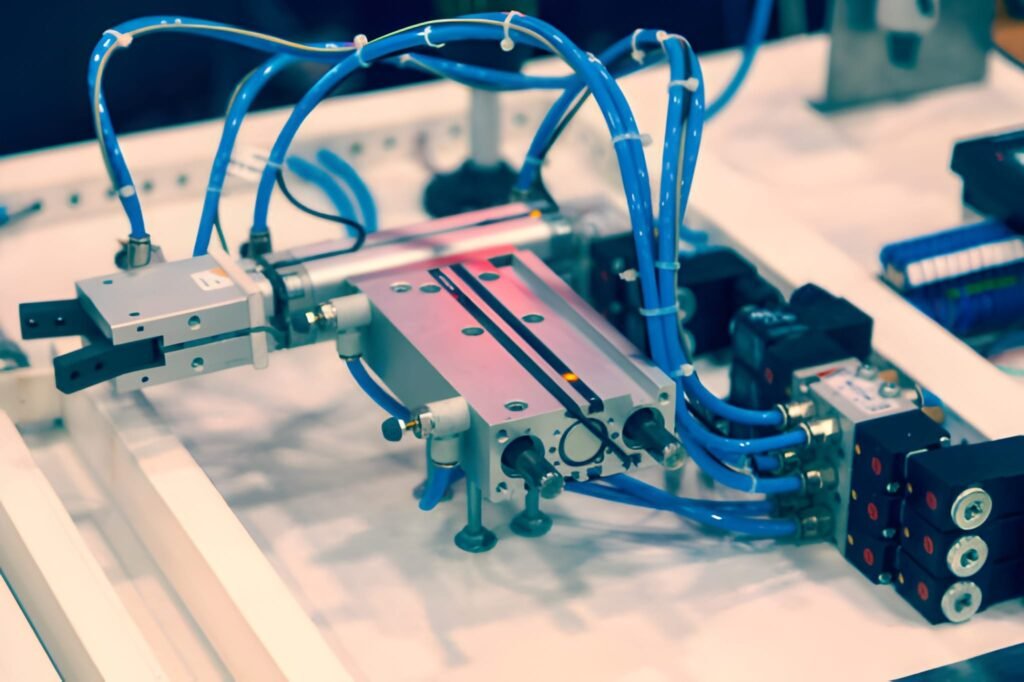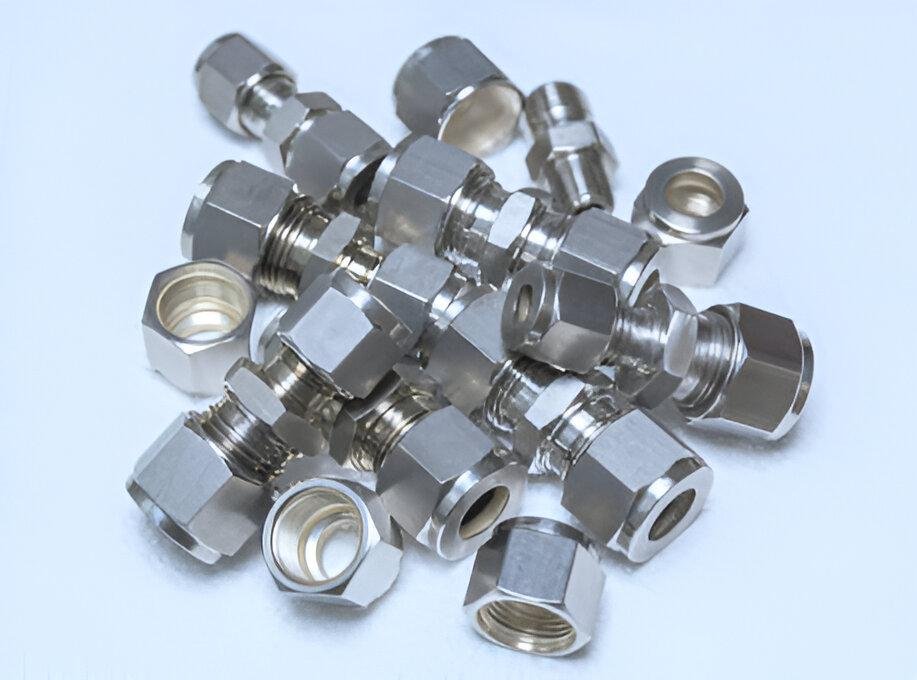If you want your copper barbed connectors to last and perform at their best, you can’t ignore the design of their fastener components. The secret sauce lies in how you shape and choose materials for parts like the barb, elastic hook body, and stopper. For instance, using a high-strength alloy for the barb and beefing up its cross-sectional area helps it handle bigger tensile loads without breaking a sweat. When you design the stopper to fit just right with the barb, you can rest easy knowing the connection won’t pop loose by accident.
A Closer Look at Common Fastener Devices
Barbed connectors don’t rely on just one type of fastener. You’ll often see screws, nuts, washers, springs, and snaps in the mix. Screws and nuts, with their threaded connections, deliver solid preload and hold everything tight. Spring washers step in to take up any slack in the threads and keep screws from shaking loose. Snaps make assembly a breeze—just click them in, and you’re done. But picking the right fastener isn’t a one-size-fits-all deal. You need to weigh things like load demands, the environment, and how quickly you need to put everything together.
Types of Fasteners and What Sets Them Apart
Fasteners come in several flavors, each with its own perks:
| Fastener Type | How It Works | Key Advantages |
|---|---|---|
| Threaded Connection | Uses screw threads | Strong, easy to take apart, reusable |
| Snap Connection | Clicks or snaps into place | Fast assembly, lightweight, user-friendly |
| Riveting | Permanent deformation | High strength, great sealing, permanent |
| Welding/Bonding | Fuses or glues parts | Seamless, strong, but not easily undone |
Threaded fasteners shine when you need strength and the ability to take things apart for maintenance. Snap connections are your go-to for quick assembly jobs—think snapping together car interiors or electronic housings. Rivets hold up in places where you want a connection to last forever, like the skin of an airplane or the head of a pressure vessel. Welding and bonding have their own special uses, offering seamless joints but making disassembly tricky.
Matching Fasteners to the Job
Choosing the right fastener is a bit like picking the right tool from your toolbox. If you’re dealing with heavy loads and need to take things apart often—say, for equipment maintenance—threaded fasteners are the way to go. For projects where speed is king, like assembling car parts or electronics, snaps save you time and effort. Rivets rule the roost in permanent, high-stress situations. Before you decide, think about strength, cost, and how easy it is to assemble.
How It All Works Together
A barbed connector only works as well as its weakest link. Fasteners provide the clamping force that keeps connections tight. The barb and stopper need to fit together perfectly so nothing slips out. Elastic elements, like springs, help absorb any assembly errors and spread the load evenly. And let’s not forget the big picture—the overall connector design matters too. If you get the force path and stress distribution right, your connection will be rock solid. When every part does its job and works in harmony, that’s when you get top-notch performance from your connector.
So, whether you’re building something that needs to last a lifetime or just want a quick and easy assembly, remember: the right fastener, designed and matched properly, makes all the difference.
FAQ
Most barbed connector fasteners use high-strength alloys or stainless steel to ensure durability and resistance to corrosion.
It depends on the design. Threaded and snap connectors are often reusable, but riveted or welded types are typically single-use.
Using spring washers or elastic elements helps maintain preload and prevents loosening due to vibration or thermal expansion.
Snap connections are ideal for rapid assembly and disassembly, making them great for applications where speed matters.
Yes, if designed with appropriate materials and secure fastening methods, barbed connectors can handle high-pressure environments.


